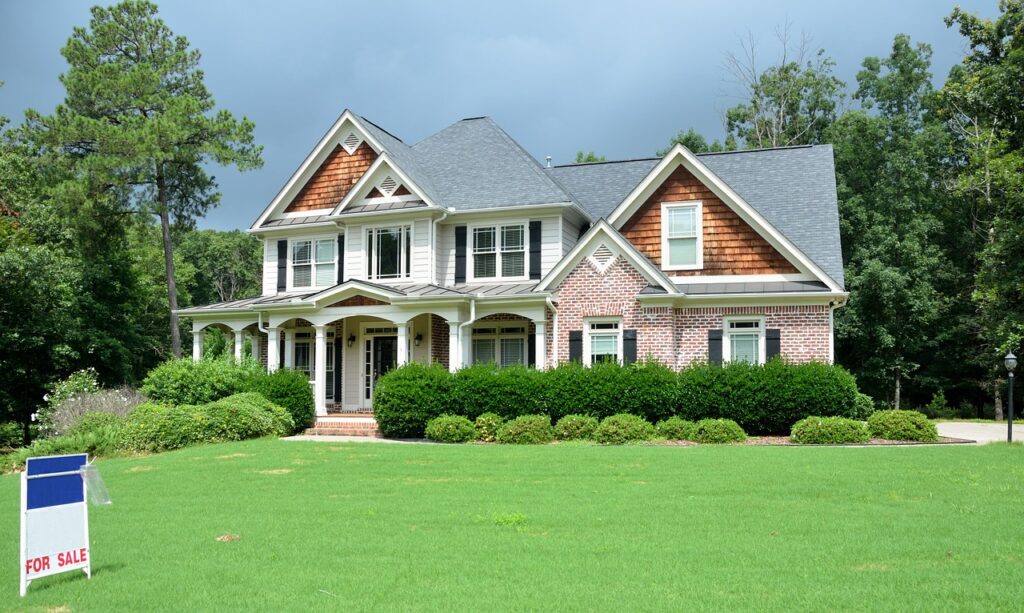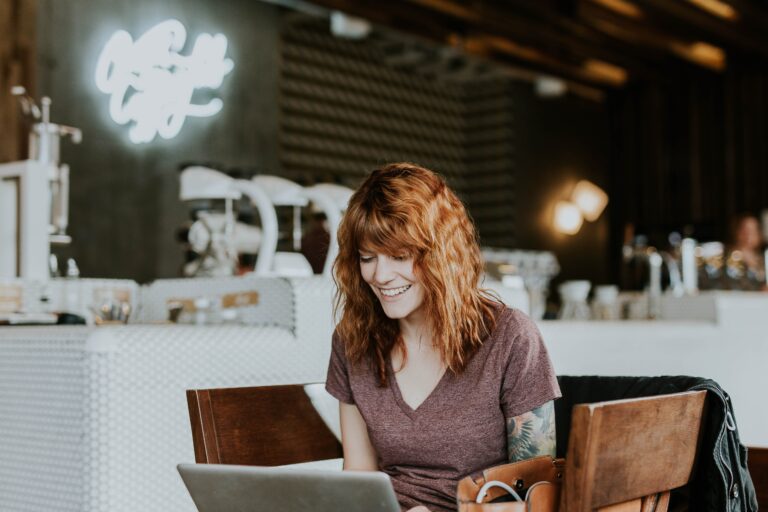When preparing your home for potential buyers, decluttering the rooms is a crucial step to creating a clean and inviting environment. Clearing away excess items and personal belongings helps showcase the space’s true potential and allows potential buyers to visualize themselves living in the home.
In this article, we will provide you with practical tips to declutter the rooms, including removing clutter, organizing countertops and surfaces, and maximizing storage space.
Remove any clutter and personal items
To begin decluttering, focus on removing unnecessary items from the rooms. Here are some key steps to follow:
- Assess each room: Start by evaluating each room and identifying items that can be discarded, donated, or stored elsewhere.
- Clear countertops and surfaces: Remove items like kitchen appliances, decorative objects, and personal care products from countertops, creating a clean and spacious feel.
- Minimize personal belongings: Temporarily store personal photographs, keepsakes, and highly personal items to allow potential buyers to imagine themselves in the space.
- Sort and categorize: Separate items into categories, such as keep, donate, sell, or discard, to streamline the decluttering process.
Clear countertops, shelves, and surfaces
Creating a sense of spaciousness is crucial to make rooms appear more appealing. Here’s how you can achieve it:
A. Kitchen: Clear kitchen countertops of unnecessary appliances, utensils, and miscellaneous items. Keep only essential items, such as a coffee maker or toaster, to create a streamlined look.
B. Living areas: Remove excess decorative objects, magazines, and remote controls from coffee and side tables. Minimize the number of decorative items to maintain a clean and uncluttered appearance.
C. Bathrooms: Store personal care products and toiletries in cabinets or drawers to free up countertop space. Keep only essential items, such as hand soap and a few neatly arranged accessories.
D. Declutter closets and cabinets: Maximizing storage space is essential for potential buyers. Here’s how you can declutter closets and cabinets effectively
- Remove unused items: Identify clothing, shoes, or accessories you no longer use or need and set them aside for donation or discard.
- Organize and categorize: Arrange the remaining items neatly, grouping similar items. Utilize storage solutions like baskets or dividers to keep items organized.
- Showcase ample storage: Arrange clothes and items in closets and cabinets to demonstrate available space. Avoid overstuffing or cluttering, as it may give the impression of inadequate storage.
Enhancing Visual Appeal and Showcasing Potential
When it comes to selling a home, staging the rooms can make a significant difference in attracting potential buyers. By using tasteful furnishings, strategically arranging furniture, and adding decorative elements, you can enhance each room’s visual appeal and create a welcoming atmosphere. In this article, we will explore effective techniques for staging rooms, highlighting the importance of furniture placement, incorporating decorative elements, and utilizing virtual staging when necessary.
Enhance visual appeal with tasteful furnishings
Choosing the right furnishings can greatly impact the overall aesthetics of a room. Consider the following tips:
- Select furniture that complements the style of the home: Match the furniture style with the property’s overall theme to create a cohesive look and appeal to the target demographic.
- Opt for appropriately sized furniture: Ensure that the size of the furniture is proportional to the room. Oversized furniture can make a space feel cramped, while an undersized table may give a sense of emptiness.
- Use neutral colors: Neutral tones for furniture upholstery and accessories create a timeless and versatile backdrop that appeals to many potential buyers.
Arrange furniture for appeal and functionality
Strategic furniture placement can improve the flow and functionality of each room. Consider the following guidelines:
- Create conversational areas: Arrange seating to encourage face-to-face conversations, particularly in living and family rooms. Position sofas and chairs in a way that promotes easy interaction.
- Define traffic flow: Ensure furniture placement allows clear pathways and unobstructed movement throughout the room. Arrange furniture to avoid blocking doorways or natural ways.
- Maximize natural focal points: Position furniture to draw attention to architectural features like fireplaces, large windows, or panoramic views. Highlighting these focal points enhances the room’s visual appeal.
Add decorative elements for a welcoming atmosphere
Decorative elements are crucial in creating a warm and inviting ambiance. Consider the following suggestions:
- Incorporate artwork: Hang artwork strategically on walls to add visual interest and create a focal point. Choose pieces that complement the room’s style and color palette.
- Introduce plants and greenery: Plants bring life and freshness to any space. Place potted plants or vases with fresh flowers to add a touch of nature and vibrancy to the room.
- Use accent pieces: Select a few well-chosen accent pieces, such as decorative pillows, throw blankets, or stylish accessories, to add color and personality to the room.
Virtual staging for empty or outdated spaces
In cases where a room is empty or contains obsolete furnishings. Virtual staging uses computer-generated imagery to digitally enhance photographs and showcase the room’s potential with virtual furnishings and decor. It allows potential buyers to visualize the possibilities and imagine themselves in the space.
Utilizing Wide-Angle Lenses for Captivating Room Photography
In the world of photography, capturing the essence and beauty of interior spaces is essential, especially when showcasing rooms for real estate or architectural purposes. One valuable tool in a photographer’s arsenal is a wide-angle lens. By utilizing a wide-angle lens, photographers can capture a broader field of view, include more of the room in the frame, and create a sense of spaciousness. In this article, we will explore the benefits of using a wide-angle lens, provide tips for achieving the best results, and highlight the versatility of wide-angle lenses in various photography scenarios.

Broadening the Field of View
A wide-angle lens offers a larger angle of view than standard lenses, allowing photographers to encompass more of the room within a single frame. This broader perspective is beneficial for capturing expansive interiors, such as living rooms, hallways, or large open spaces. The wide field of view showcases the room’s size and layout, providing viewers with a comprehensive understanding of the space.
Creating a Sense of Spaciousness
Wide-angle lenses uniquely develop a sense of spaciousness in photographs. By capturing more of the room in the frame, these lenses can make smaller spaces appear larger and more inviting. This effect is beneficial when photographing compact rooms or areas with limited square footage, as it allows potential viewers to envision the possibilities of the space and encourages them to explore further.
Experimenting with Angles and Perspectives
Wide-angle lenses allow photographers to experiment with different angles and perspectives, resulting in captivating compositions. Consider the following tips:
- Low-angle shots: Get down low and capture the room from a lower perspective. This angle can add depth and drama to the photograph, emphasizing architectural elements or unique features within the space.
- Overhead shots: Explore the room from an elevated position to capture a bird’s-eye view. This technique works well for showcasing furniture arrangements, decorative patterns on the floor, or the room’s overall layout.
- Corner shots: Position yourself in the corner of the room and use the wide-angle lens to capture the entire space. This angle can provide a comprehensive view, highlighting the flow and connection between different areas within the room.
- Overcoming Distortion: Wide-angle lenses have the potential to introduce distortion, especially when capturing subjects up close or when using extensive focal lengths.
To minimize distortion
- Maintain a reasonable distance from the subject
- Avoid getting too close to objects or walls to reduce the exaggerated perspective effect.
- Use software correction: In post-processing, utilize software tools to correct any distortion the wide-angle lens introduces. Software applications like Adobe Lightroom or Photoshop offer lens correction feature to rectify distortions effectively.
FAQ:
What is the best resolution for real estate photos?
The best resolution for real estate photos depends on the platform, but aiming for 3000-4000 pixels wide is generally recommended.
How important is image in real estate?
Images are crucial in real estate as they create the first impression, attract potential buyers, and showcase the property’s features.
To get crisp photos for real estate, use
How do I get crisp photos for real estate?
To get crisp photos for real estate, use a tripod, optimize lighting conditions, adjust camera settings like aperture and shutter speed, and consider post-processing.
How do I take good pictures of my house for sale?
To take good pictures of a house for sale, use a wide-angle lens, declutter and stage the space, emphasize natural light, highlight key features, and capture various angles.




